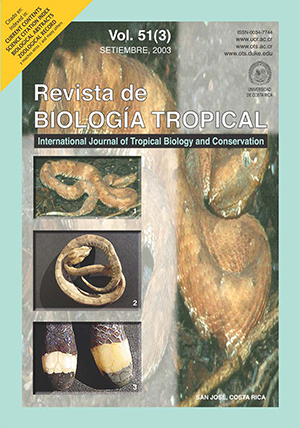Abstract
The effect of different lecithin sources and presentations on growth, food conversion ratio and survival of P. vannamei (290 mg ± 0.02) was studied. The bioassay was designed in order to compare different dietary levels and different quality of lecithin. Squid lecithin, crude soybean (7%), deoiled soybean lecithin (3.48%) in combination with fish oil or squid neutral lipids, in a partially dilapidate formula. The isoenergetic diets were fed ad libitum to four replicate groups (tanks) of 15 shrimps each (5 x 4 x 15), during 28 days. The result of the bioassay with the partially dilapidate formulas was; the best growth rate (191%) and FCR (1.69±0.041) were obtained with the diet containing 7% of soybean crude lecithin as the unique lipid source. Followed by the diet countering 3.94% deoiled lecithin and 2.42% Menhaden oil (172% and 2.03±0.054 respectively). As expected, the worst results were obtained without the dietary lecithin 121% and 2.42±0.129). Crude soybean lecithin alone covered the phospholipid and neutral lipids requirements as well as the combination of deoiled soybean lecithin with fish or squid oil.##plugins.facebook.comentarios##

This work is licensed under a Creative Commons Attribution 4.0 International License.
Copyright (c) 2003 Revista de Biología Tropical
Downloads
Download data is not yet available.


